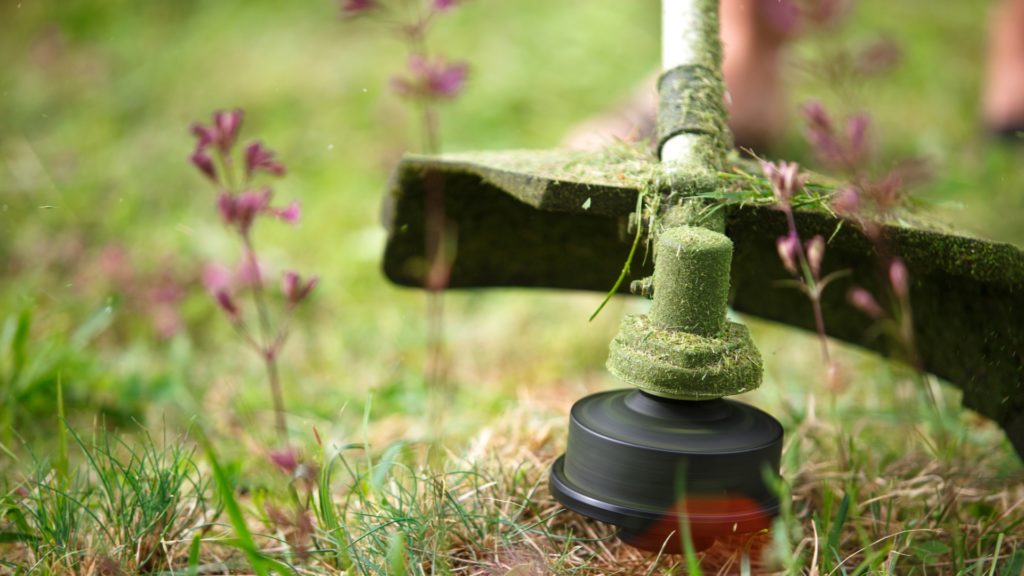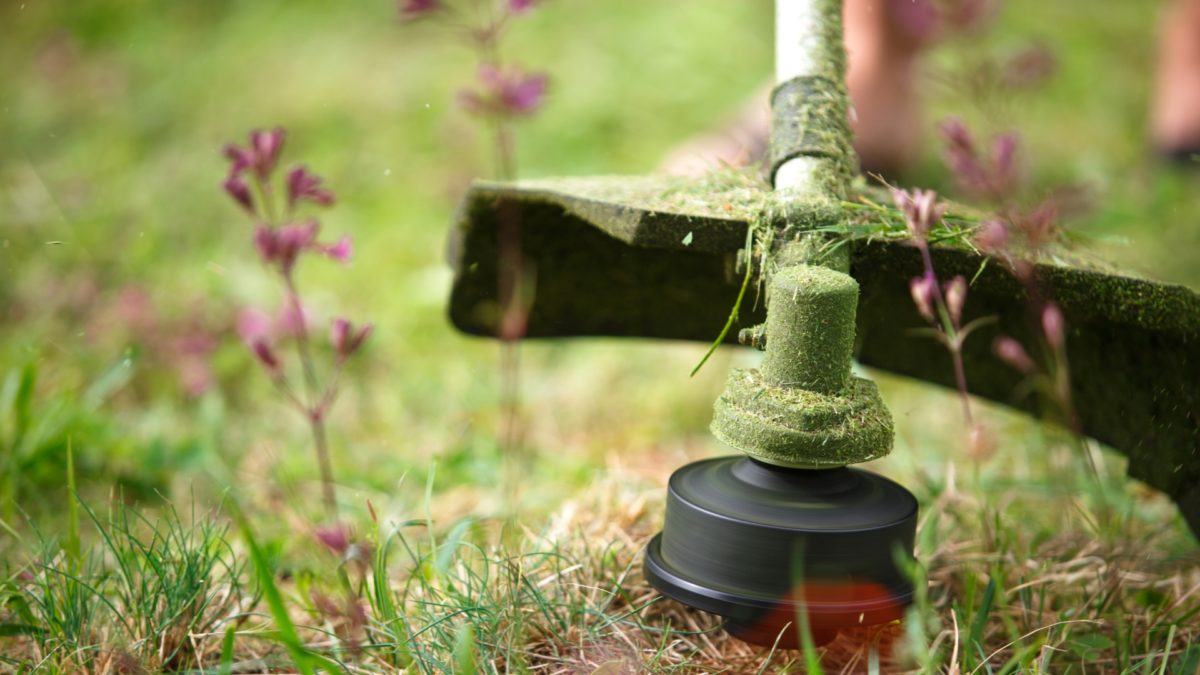Steps for Stringing a Weed Eater
Posted on March 22, 2022 by Mike Connell

The string on a weed eater is a vital component as the string is what cuts the grass and weeds. As it wears away from use from repeated contact, more string is fed through from the spool in the weed eater head until the spool is emptied and needs to be restrung. Stringing a weed eater can be a difficult task, and if done incorrectly, then all of your time and effort can be undone in a few seconds. Before getting started, you want to be sure that you are using the correct type of string for your weed eater. The string needs to be the same thickness as the writing on the trimmer head or in your user manual. The numbers represent the thickness of the string. Depending on the model, the size of the holes where the string feeds through will only fit a certain thickness. Even if you do manage to get a thicker string to fit, it can actually damage your weed eater by making the engine work too hard. Using these tips and precautions, you should be back to work in no time!
Removing the Spool Cap
More often than not, your weed eater will run out of string as you are in the middle of a project. Before restringing it, set it aside to allow time for it to cool off to ensure you don’t burn your hands. Depending on the model, to remove the spool, you will need to either push in the tabs on the cover or turn to unscrew it from the trimmer head. You may need to wiggle it a bit if stuck. There is a tab on the bottom of the spool you will have to push to release it from the weed eater.
Restringing the Spool
While there are some models that you can buy pre-strung spools, most still require the existing spool to be restrung. Be sure to carefully clean any debris within the weed eater head so you can see the interior clearly.
Depending on the size of your spool, it will need 15 – 25 ft length of string. If you are unsure, then it is best to overshoot with a longer piece of string that you can trim up later rather than throwing out a spool of string that was cut too short. Keep in mind that if your weed eater model uses two strings, then you will need two strings at identical lengths to fill up both slots in the spool.
At the center of the spool, there is a small anchor hole. Feed about 1/2-inch of one end of the string into the anchor hole, so the string is held in place. Wind the string around the spool in an anti-clockwise motion, following the direction of the arrow imprints until the last 6 inches is left. With two string weed eaters, the spool has a divider to keep the strings separate. Load one string at a time in each section. In order to help prevent tangles, be sure to wind the string from top to bottom of its designated section before starting a second layer.
With the last 6 inches of string left, feed it through the exit hole within the weed eater head that houses the spool. Ensure that the spool notch is aligned properly and press the spool into the weed eater’s head until it clicks into place.
Replace the Spool Cap
Once the spool is correctly and securely in place with some string fed through the exit holes, you can snap or screw the spool cap back onto the weed eater head. Make sure to wiggle it to check that it is secured and won’t come off during use.
Get Weed Eater Maintenance from M&K Outdoors
With spring on its way and weeds sprouting up everywhere, a weed eater is a tool that can help control unruly growth in hard-to-reach areas but only if it’s working properly. At M&K Outdoors, our lawn care experts can help get you back up and running or provide guidance on the best type of string for your model. From weed eater repairs to lawnmower inspections or even sharpening a chainsaw, we are happy to help with any of your property maintenance needs, so reach out to us today!

